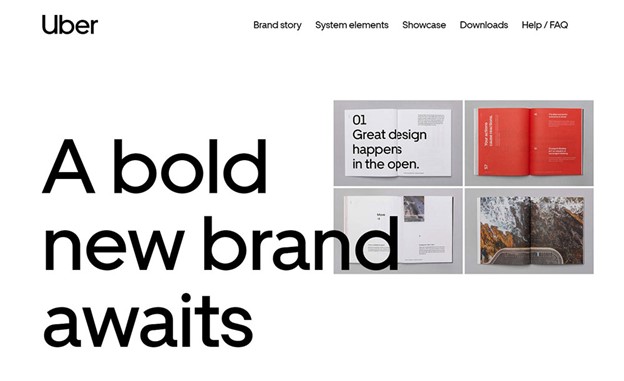Art Bounty
Discover the vibrant world of art and creativity.
Typography That Speaks Volumes
Unlock the secrets of typography that captivates! Discover designs that speak volumes and elevate your projects to new heights.
The Art of Typography: How Fonts Influence Perception
The Art of Typography is an essential aspect of design that significantly influences how information is perceived by readers. Fonts are not just a means to convey text; they can evoke emotions, create brand identity, and enhance readability. For instance, a well-chosen font can make a content piece feel more approachable or authoritative, depending on the desired outcome. Studies have shown that serif fonts are often associated with tradition and reliability, while sans-serif fonts tend to convey a modern and clean aesthetic. This influence of typography extends beyond mere aesthetics; it plays a crucial role in guiding user experience and engagement.
When selecting fonts for your blog or website, consider the psychological impact of typography. The right font can help establish a connection with your audience and communicate the intended message effectively. For example, using a playful font can attract a younger demographic, while a classic font may resonate more with a professional audience. It's also essential to maintain consistency in font usage across various platforms, as this can strengthen brand recognition. Ultimately, mastering the art of typography means understanding how fonts can shape perceptions and affect behavior, making it a vital skill for anyone involved in content creation.

Choosing the Right Typeface: A Guide to Effective Communication
Choosing the right typeface is essential for effective communication. A well-selected typeface enhances readability and helps convey the intended message. Consider your audience and the context in which your text will be viewed. For instance, a serif typeface can impart a sense of tradition and reliability, making it suitable for formal documents, while a sans-serif typeface is often perceived as modern and approachable, ideal for web content and informal communications.
When selecting a typeface, keep these key factors in mind:
- Readability: Ensure that your typeface is easy to read at various sizes.
- Tone: Match the typeface to the overall tone of your message. A playful font may not suit a serious topic.
- Branding: Your typeface should align with your brand's identity, creating a cohesive image across all platforms.
By carefully considering these elements, you can enhance your communication and ensure your content resonates with your audience.
Typography in Branding: Why Every Business Should Care
Typography plays a crucial role in branding, serving as a visual representation of a company's identity. The choice of fonts can evoke specific emotions, set the tone of communication, and make a lasting impression on consumers. For instance, a luxury brand may opt for elegant serif fonts to convey sophistication, while a tech company might choose sleek, sans-serif fonts for a modern look. It's essential for businesses to understand that typography is not just about aesthetic appeal; it can significantly impact brand perception and customer trust.
Moreover, consistent use of typography across all marketing materials helps in establishing brand recognition. When customers can easily identify a brand by its font style, it creates a sense of familiarity that enhances loyalty. To achieve this, businesses should develop a typographic hierarchy that guides users through content, making it easier to digest information. By prioritizing thoughtful typography in branding, companies can differentiate themselves in a competitive market and strengthen their overall brand strategy.